


Get to know Iceland
Are you craving the freedom of the open road? Some time with nature, far from the stress of city life? Look no further than a camping road trip in Iceland. Picture yourself basking in the midnight sun with views of a stunning fjord. Or perhaps watching the Northern Lights after a hike up a mountain whose name you can’t pronounce.
Whether you plan to stick to the main attractions on the Ring Road or venture deep into the Icelandic Highlands and national parks, camping is absolutely worth it. We know because we never get tired of Icelandic nature ourselves. Read on to learn the main things you need to know about camping in Iceland.
Camping in Iceland offers distinct experiences throughout the seasons. There are three main periods for you to consider: summer, transitional months, and winter.
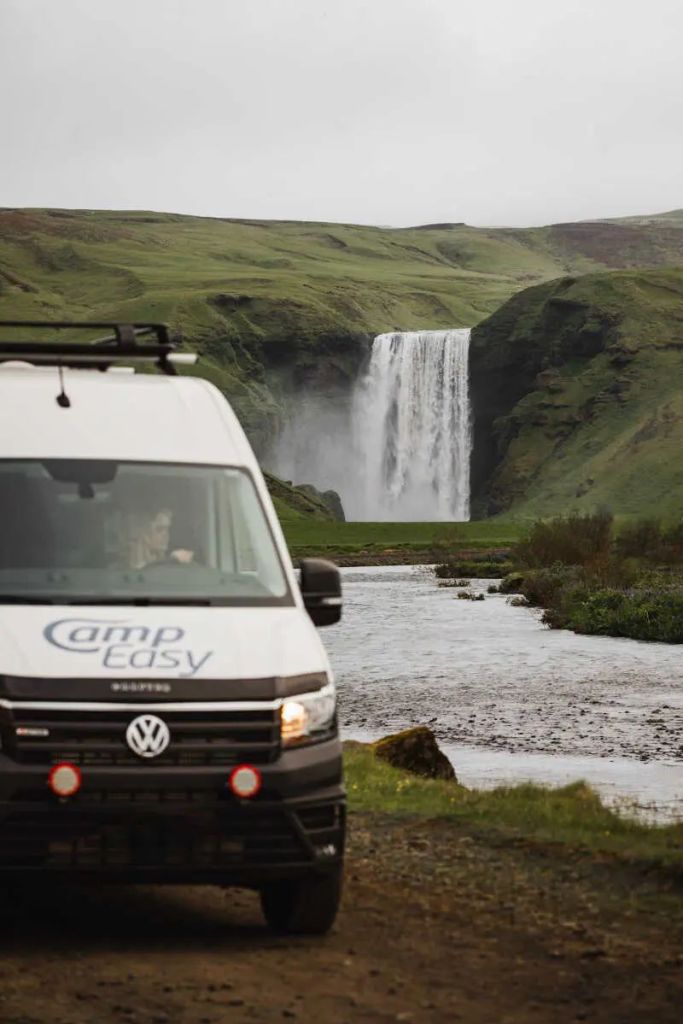
The summer months are the most popular for camping in Iceland, starting around May and hitting their peak from June to August. This period offers the friendliest weather and the energizing midnight sun. Summer is also the only time you can venture into the Icelandic Highlands as roads are closed outside these months.
Be aware, popular campgrounds in Iceland can get very busy during summer, especially during festivals. And be sure to pack for all conditions: Icelandic summers can still bring rain, fierce winds, and chilly temperatures.
If you’re willing to trade summer weather for no crowds, consider camping in April or September. While the weather is less predictable, these months offer more tranquility and the chance to see the northern lights.
Be aware, popular campgrounds in Iceland can get very busy during summer, especially during festivals. And be sure to pack for all conditions: Icelandic summers can still bring rain, fierce winds, and chilly temperatures.
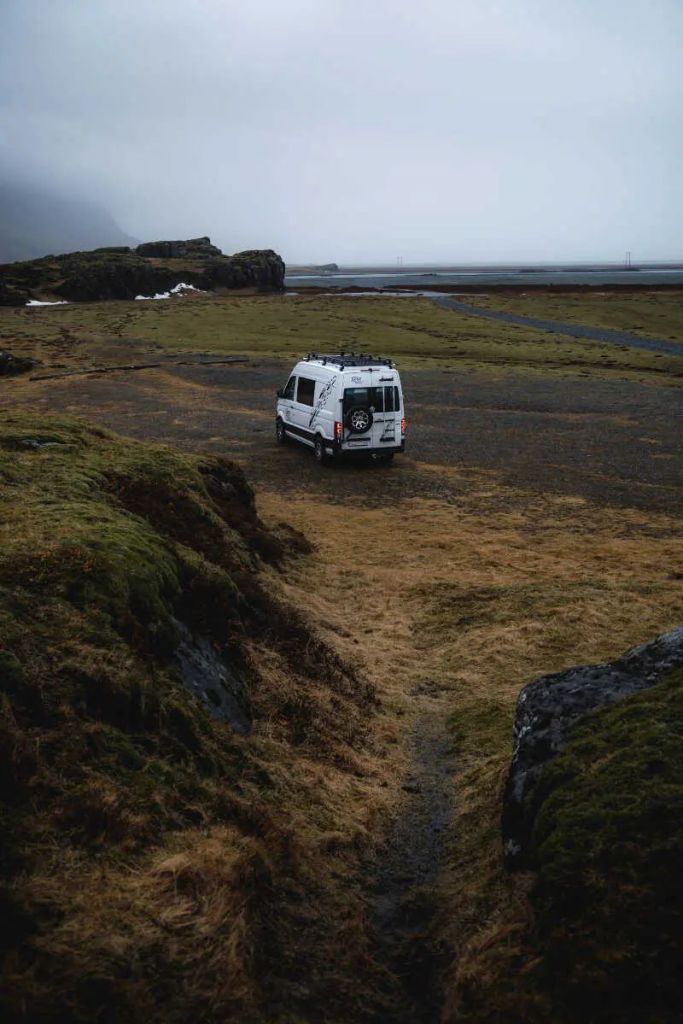
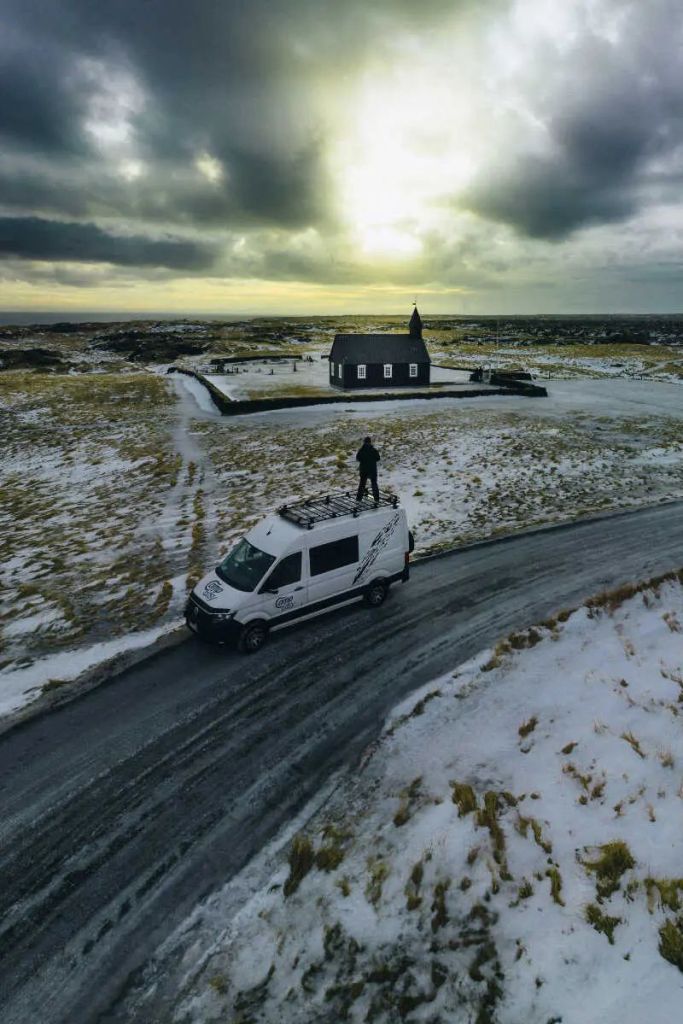
While the northern lights are alluring, camping during this time is challenging. Blizzards and subfreezing temperatures make it unsafe to camp in tents. Snow-laden roads also make motorhomes largely unsuitable.
Fortunately, renting a well-insulated campervan can be a viable option. CampEasy offers specially equipped campervans with insulation and heating devices to ensure warmth during your winter camping adventure. Learn more about our cozy campervans here.
With more than 200 campsites in Iceland to choose from, there is no shortage of great options. Better still, most are situated in beautiful or even spectacular surroundings!
Though some Icelandic camping grounds are very basic, most offer various amenities. You’ll typically find essentials like showers, bathrooms, kitchen facilities, and outdoor barbecue pits. Some also offer additional conveniences like washing machines, typically for a small extra fee.
Many campsites are close to restaurants, shops, and recreational activities such as playgrounds, swimming pools, hot tubs, golf courses, and hiking paths. Some even offer services like horse and kayak rentals.
Remember to carry some cash for instances when card payments might not be an option, although most campsites accept credit cards. There is also an Icelandic camping card that provides access to sites.
Campsites in Iceland operate primarily in the summer months, with the majority opening from May to September. However, these dates vary. More remote sites and those prone to harsh weather might only be available from June to August.
In peak season, it’s wise to arrive by early evening to secure the best spots. Nevertheless, with the exception of crowds during festivals, camping grounds usually have ample space for everyone.
Iceland, with its breathtaking landscapes and natural wonders, offers a unique and adventurous camping experience. During peak season, campsites can get crowded, especially those around big tourist attractions.
Seljalandsfoss Campground
Skaftafell
Grundarfjörður Camping Ground
Here is a full list of the top camping sites in Iceland.
Almost all campsites in Iceland charge per person, not per site. The price per night varies: most facilities charge around USD $15 to $20 per person and night. Kids under 12, sometimes under 15, usually camp free of charge. Additional services like electricity, showers, or the use of washing machines may cost a bit extra.
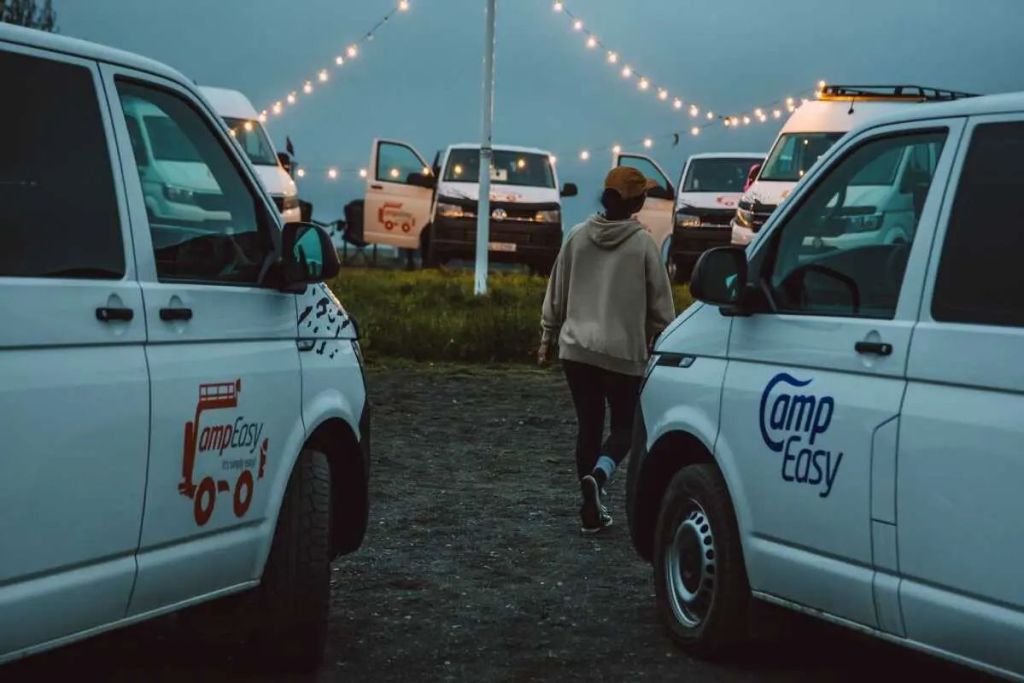
It’s a common misconception that you can camp anywhere you want in Iceland. This was possible until 2015, but the rules have changed. Now, you need to stay at designated campsites, whether you’re in a tent, a campervan, or a motorhome. Wild camping is only allowed if there are no campsites in the area and only for one-night stays in tents.
You may also camp outside campsites if you have written permission from the landowner, but that’s pretty rare for visitors. So, make sure to stick to the campsites. It’s more fun that way! You get to meet fellow campers, you’re guaranteed to be on safe ground, and you help to keep Iceland beautiful.
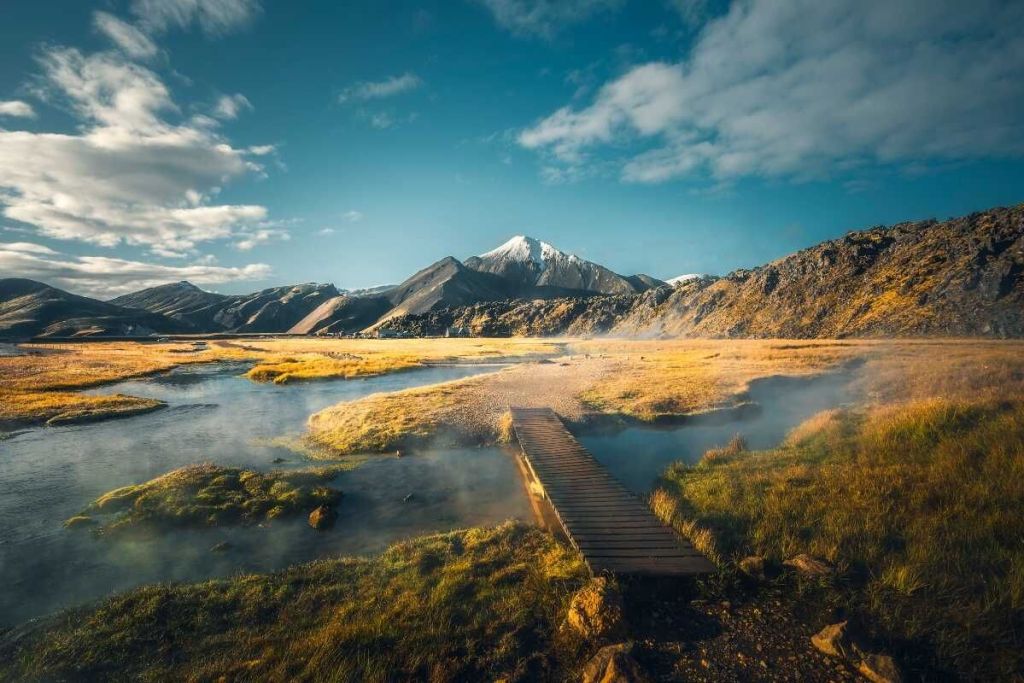
Respect for nature is paramount in Iceland. When you leave your campsite, make sure it looks just as it did when you arrived—no waste, no mess, and definitely no open fires.
Also, a quick word on moss: it might look like the perfect pillowy picnic spot, but it’s incredibly delicate. Walking, lying, driving, or picking—these can all damage it. And because the moss grows extremely slowly, it can take years to recover. Moss is one of the most quintessential sights in Iceland, and we must give it the respect it deserves.
Keep in mind that off-road driving is strictly forbidden in Iceland, with heavy fines imposed on those who violate this rule. So, stick to the roads! Even if a landscape looks desolate, driving can damage the soil or sand and any flora or fauna growing there.
Every camping journey in Iceland is unique and so are the packing needs. These will depend on your timing and style of travel; motorhomes and campervans require less equipment than tent camping. But don’t worry, renting camping gear can be a handy and cost-effective solution.
Depending on what’s included in your rental, you might need to bring your own gas stove and cooking utensils for preparing meals. While many campsites provide kitchens, some do not. And always stock up on food supplies. Shops can be far away in remote areas, and opening hours tend to be limited.
Remember to bring a water bottle for the journey. With Iceland’s pristine tap water, you can easily refill it anywhere. Don’t waste your money on pricey bottled water!
Even in the summer, temperatures can drop, especially at night. It is important to dress and pack layers as the Icelandic weather is unpredictable!
Here are the basics:
GPS, paper maps, or a map app are essential to locate nearby facilities. Campervans are equipped with a power station so don’t forget your phone and camera chargers! If your travelling from outside Europe, it is useful to have an adapter for Iceland’s Europlug socket.
Even in the summer, temperatures can drop, especially at night. It is important to dress and pack layers as the Icelandic weather is unpredictable!
Always important when traveling, include bandages, antiseptic wipes, tweezers, medical tape, pain relief medication, and any prescription medications you may need. Most pharmacies in Iclenad sell small first aid kits. Pharmacies are called “Apótek” in Icelandic. First Aid Kit is always included in every CampEasy Campervan.
Depending on the season and your destination, it is crucial that you do your research and pack wisely. Read our guide to packing for a campervan trip for a detailed checklist.
The best time for camping in Iceland is typically between late May and early September, which is Iceland’s summer season. However, winter camping is a spectacular way to chase the northern lights.
Camping gear for Iceland should be suitable for a variety of weather conditions. Waterproof and windproof clothing layers, sturdy hiking boots, and warm socks are a must. Additionally, consider bringing a camping stove for cooking, as open fires are generally not allowed due to environmental concerns.
No, it is required to camp in designated camping areas. Camping outside of these areas requires explicit permission from landowners.
Yes, including sporting equipment such as bicycles, kayaks, paddle boards and more.

CampEasy Opening hours 09:00-16:00
Learn more about Self-Service
A minimum of 20 hours notice is required to use the booking engine. Click here to contact us directly for a booking less than 20 hours from now.
Change Date